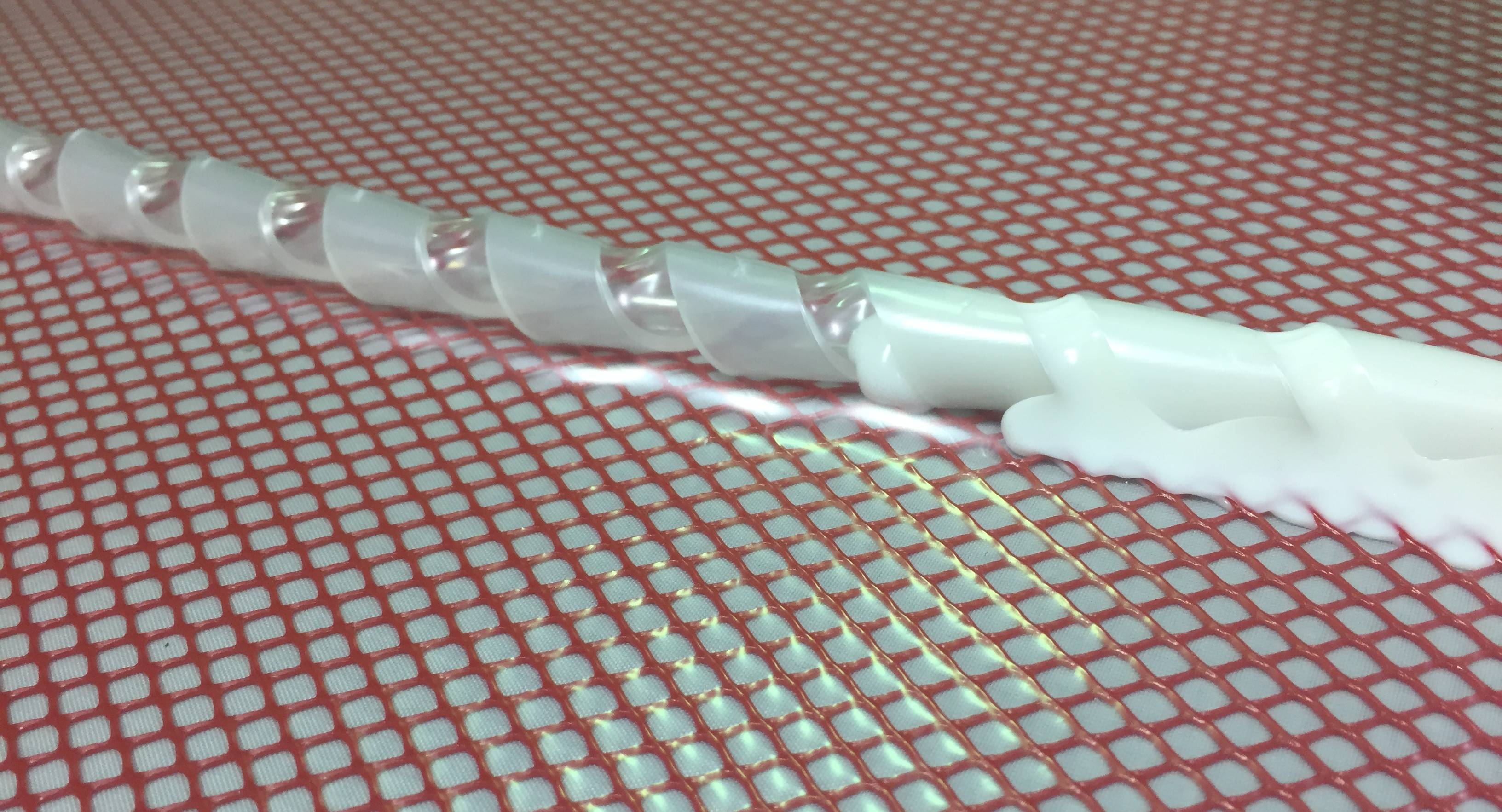Dispersion of Nanoparticles
Goal
To find cost-effective mixing method of dispersing nanoparticles in polymers.
Motivation
Lack of established manufacturing techniques for nanocomposites
About
Nanocomposite refers to a composite material in which one of the components is nanomaterial. There are two types of nanomaterials. Some are synthesized nanomaterials, such as carbon nanotubes (CNT) or Carbon Nano Fibers (CNF). They are referred as “engineering nanomaterials.” Some nanomaterials always existed in nature and are referred to as “natural nanomaterials.” During last decades, technological development allowed study and characterization of many nanomaterials. Nanomaterials have unique properties. They are materials in the purest form known. They have large surface-area-to-volume ratio because of the size. However, these materials and other nanoparticles cannot be used as a structural element. Therefore, they should be used as constitutes in composite materials. These materials are called nanocomposites and can be fiber reinforced.
Nanocomposites have been extensively investigated in recent years and found to have superior properties to conventional composites and are already used in production. The major challenge in property enhancement is uniform dispersion of nanoparticles in polymer matrix. These can be achieved in different ways. The popular methods used for dispersing nanoparticles in liquid thermoset resins are mechanical stirring, high shear mixing, centrifugal mixing, and sonication. These processes are different and each one has its one advantage and disadvantages. We should not forget that introduction of nanoparticles to composites also increases manufacturing cost and raises safety issues. As a result, usage of nanocomposites is limited to specific applications.
In this research, we compare different mixing techniques available to manufacture different nanocomposites. These composites are further investigated and analyzed. Finally, mixing techniques are compared in terms of quality of dispersion, ease of use, labor, cost, mechanical and other properties of composites.
